Results 9,581 to 9,590 of 12096
Thread: Anandtech News
-
06-07-19, 08:31 AM #9581
Anandtech: The HP Spectre Folio Review: Luxurious Leather Laptop
When HP announced the new Spectre Folio last October, it caused a stir. HP has been steadily providing some of the most stylish and exciting laptops on the market over the last couple of years, but the Spectre Folio takes the styling in an entirely new direction. For the first time ever, HP chose leather as a material for the entire laptop’s exterior. The Folio also offers a somewhat unique take on the convertible as well, with a display that pivots to lie on top of the keyboard, and this, combined with the leather exterior, means HP’s Spectre Folio stands apart from all other PCs on the market today.
More...
-
06-07-19, 08:31 AM #9582
Anandtech: Corsair's Hydro X: Making Custom Loop Water Cooling More Mainstream
During Computex 2019, jack-of-all-trades manufacturer Corsair unveiled its brand new range of liquid cooling products to the world with its new Hydro X series. As the demands on current generation components increases in terms of power and heat, the Hydro X looks to offer users a more accessible way into the world of custom water cooling where traditional air cooling and closed loop liquid coolers aren't quite enough.
The Corsair Hydro X series of custom liquid cooling products expands across the entire range of parts needed to create a full custom loop which includes a pump, reservoir, radiators, fittings, tubing, coolants, and blocks; essentially everything needed to create a custom loop without needing to mix and match between different manufacturers.
What makes the Corsair Hydro X series different from the rest comes in the company's ability to mass-produce the components with one key change. Corsair is using nylon as opposed to acrylic which is not only more versatile under taxing conditions, but acrylic is somewhat unreliable with different fluid types and prone to cracking under intense temperature shifts - and nylon is also more cost-effective, and easier to mass produce than acrylic. This gives them a manufacturing advantage over brands such as EKWB, which the Hydro X series is targetting on the market.
In its range is a variety of components including two CPU blocks, the XC7 RGB which is designed for the mainstream LGA115X/AM4 sockets, and the XC9 which caters to HEDT with support for LGA2011, LGA2066, and TR4/SP3. Both CPU blocks include a total of 16 addressable RGB LEDs which can be customized with the Corsair iCUE software, just like the rest of its ARGB enabled products. For graphics card are five different variants of its XG7 RGB GPU blocks which are full cover and offer support for the RTX 2070, 2080, and 2080 Ti founders edition models, with another set compatible with the older AMD Vega 64/56 reference models, as well as another for reference GTX 1080 Ti's too. Each CPU and GPU block comes pre-applied with thermal paste so users can directly install onto their components with minimal fuss.
Also on offer from Corsair is a range is a new range of radiators which are available in two different thicknesses; 30 and 54 mm. The 30 mm thick radiators are available in 120/140/240/280/360, and 420 mm with the thicker 54 mm limited to just 240/360, and 480 mm. A full range of fittings with G 1/4 threads is available which have been developed in cooperation with Bitspower, with two different types of tubing offering users the option to go soft, or hard. The Hydro X hardline tubing is available in 14 mm OD which is constructed of PMMA, whereas the PVC soft tubing comes in 13/10 mm (ID/OD) sizing. For its fluid, Corsair outsourced the fluid to the legendary coolant manufacturer Mayhems and is available in green, red, blue, purple, and clear.
Corsair even developed its own custom liquid cooling configurator which features an easy to use and intuitive design. Users can allow Corsair to work out what's required for optimal performance by entering their components including CPU, GPU, case etc, or select their own and tally up at the end.
Gallery: Corsair Hydro X Liquid Cooling Gallery





The Corsair Hydro X series of liquid cooling components are now available directly from the Corsair store, with the stock currently filtering into retailers at various prices depending on the components.
Want to keep up to date with all of our Computex 2019 Coverage? 
Laptops
Hardware
ChipsFollow AnandTech's breaking news here!
More...
-
06-07-19, 11:53 AM #9583
Anandtech: Samsung Galaxy S10 May Firmware Update: Improved Night Mode
We’ve reviewed the Galaxy S10 2.5 months ago now. Amongst one of the discoveries of besides the differences between the Snapdragon and Exynos models was the fact that Samsung’s low-light capability really didn’t compete with Google’s Night Sight processing capabilities or with Huawei’s combined hardware and processing advantage.
A few days ago Samsung started pushing the newest May firmware update to devices and in this new update we’re seeing the introduction of a brand-new night mode that has new processing abilities, and an overall large change in camera processing quality.
More...
-
06-07-19, 11:53 AM #9584
Anandtech: Spotted at Computex: HP’s own DDR4 Modules? V2, V6 and V8 RGB Families
Nowadays RGB LEDs are found on almost all modules for enthusiasts produced using famous memory houses as well as those used by boutique PC makers. HP recently renewed its focus on gaming PCs and has to play by the rules, which means using enthusiast-class components, including those with RGB. At Computex, we spotted such HP-branded memory modules made by BIWIN.
It is not a secret that large PC OEMs outsource production of components and accessories to a variety of manufacturers. As it appears, some of HP’s memory modules for gaming PCs are made by BIWIN, a large producer of DRAM and NAND flash-based products.
HP’s lineup of gaming DDR4 modules currently consists of three sub-families: the V2, the V6, and the V8. The V2 are the most basic models without heat spreaders, the V6 are more advanced and equipped with heat spreaders, whereas the V8 modules sit on top and come with heat spreaders as well as RGB lighting.
As far as specifications are concerned, HP’s V6 and V8 modules come in 8 GB and 16 GB versions rated to operate in DDR4-2400, DDR4-2666, DDR4-3000, DDR4-3200, DDR4-3466, and DDR4-3600 modes at 1.2 V or 1.35 V. While such speed bins may not impress enthusiasts looking for extreme performance, such modules are guaranteed to work with the vast majority of gaming PCs by HP, which is exactly what the manufacturer needs.
It is not clear when HP and BIWIN plan to make the HP V-series memory modules available, but since they are demonstrated at a major trade show, we expect them to hit the market in the foreseeable future.
Want to keep up to date with all of our Computex 2019 Coverage? 
Laptops
Hardware
ChipsFollow AnandTech's breaking news here!
More...
-
06-07-19, 05:14 PM #9585
Anandtech: ASUS VivoBook S14 & S15 Get ScreenPad 2.0, Add Premium Features
ASUS introduced its new generation mid-range VivoBook S-series laptops at Computex earlier this month. The new notebooks are equipped with the company’s proprietary ScreenPad 2.0 — a touchpad with an integrated display — along with a host of other premium features. By equipping a mid-range PC with its ScreenPad, ASUS kills two birds with one stone: it popularizes its exclusive technology and it makes its mainstream laptops more competitive.
Traditionally, ASUS’s VivoBook S14 (S432/S431) and VivoBook S15 (S532/S531) notebooks come in chassis made of brushed aluminum and lightweight plastic thus bringing together durability while keeping the weight relatively low (1.4 – 1.8 kilograms) and z-height relatively thin (0.7 inch, 1.778 cm). Aimed at the young audience, the new VivoBook S-series come in Moss Green, Transparent Silver, Gun Metal, Cobalt Blue, and Punk Pink.
Different versions of the new VivoBook S14/S15 come equipped with a 14 or 15-inch LCD panels with thin bezels featuring a Full-HD (1920×1080) resolution as well as 178° wide viewing angles. Meanwhile, the S432/S532 notebook SKUs also feature rather massive 5.65-inch ScreenPad 2.0 touchpads with a Full HD+ (2160×1080) resolution. The ScreenPad can be used as a second screen for Windows (select programs), or to run specially designed applications that make life easier. Since the ScreenPad needs support from software developers, ASUS needed to make it more widespread and this is why it integrated it into its new VivoBook S-series laptops. Meanwhile, the S431 and the S531 models come with a traditional trackpad without a screen.
As far as internal hardware is concerned, the VivoBook S14 (S432) and VivoBook S15 (S532) notebooks are based on Intel’s 8th Gen Core processors (up to quad-core Core i7-8565U) that are accompanied by up to 16 GB of memory as well as up to 1 TB of PCIe/NVMe SSD. Premium models will also come with NVIDIA’s GeForce MX 250 with 2 GB of RAM discrete GPU.
When it comes to connectivity, everything is more or less standard for today’s advanced laptops: the 2019 VivoBook S-series laptops feature Intel’s 802.11ax Wi-Fi with Bluetooth 5 solution, one USB 3.1 Gen 1 Type-C connector, three USB Type-A (1×3.0, 2×2.0) ports, one HDMI output, a microSD slot, and a 3.5-mm audio jack. Interestingly, the S431 model comes with an SD card reader.
The new ASUS VivoBook S14 (S432/S431) and VivoBook S15 (S532/S531) notebooks will be available in the coming months. Prices remain to be seen, but given the fact that configurations will vary greatly, so will prices of actual PCs.
Related Reading:
- ASUS Releases VivoBook 14 (X420UA): Inexpensive Ultra-Portable with Premium Look & Feel
- ASUS VivoBook S14 (S430) and S15 (S530): Mid-Range Options
- ASUS VivoBook Flip 14 TP401 Convertible Launched: $549 with Core m3
- ASUS Launches VivoBook W202NA: 11.6”, Apollo Lake, Windows 10 S, $279
Source: ASUS
Want to keep up to date with all of our Computex 2019 Coverage? 
Laptops
Hardware
ChipsFollow AnandTech's breaking news here!
More...
-
06-07-19, 05:14 PM #9586
Anandtech: Dell Launches XPS 15 7590: Up to 5 GHz and Overclockable, 15.6-Inch OLED
Dell has introduced its new flagship XPS 15.6-inch laptop aimed at performance-demanding users such as gamers and prosumers. The new XPS 15 7590 machine can be equipped with an eight-core Intel processor, a performance mainstream discrete GPU, as a well as an optional 15.6-inch OLED monitor.
The new Dell XPS 15 comes in the same anodized aluminum chassis with a carbon figer palmrest (featuring an 11 – 17 mm z-height) as its predecessors, but its internals were upgraded quite significantly. The new notebook is based on Intel’s 9th Gen Core processors and can be equipped with the eight-core Core i9-9980HK (up to 5 GHz, 16 MB cache) with which can be overclocked because of unlocked multiplier. The CPU can be accompanied by up to 64 GB of DDR4-2666 memory, up to 2 TB of NVMe/PCIe storage, and NVIDIA’s GeForce GTX 1650 graphics processor.
On the display side of things, the XPS 15 7590 offers three InfinityEdge 15.6-inch panels with thin bezels: a Full-HD (1920×1080), an IPS Ultra-HD (3840×2160) with 100% AdobeRGB color gamut and touch support, as well as an OLED Ultra-HD non-touch option covering 100% of the DCI-P3 color range.
When it comes to I/O, the XPS 15 7590 laptop has Rivet Networks' Killer AX1650 802.11ax 2×2 Wi-Fi + Bluetooth 5 controller (based on Intel’s silicon), one Thunderbolt 3/USB 3.1 Type-C port, two USB 3.1 connectors, an HDMI output, a 720p webcam, speakers, microphones, an SD card slot, a 3.5-mm audio jack for headsets, and so on. Since we are talking about a notebook that could potentially be used like a workstation in appropriate environments, Dell also integrated a Windows Hello-compliant fingerprint reader into the power button (select SKUs only).
Just like predecessors, the new Dell XPS 15 7590 comes with a 56 Wh or a 97 Wh integrated battery that cannot be replaced by the owner. A model with a lower-capacity battery weighs 1.8 kilograms, whereas a model with a higher-capacity battery weighs 2 kilograms.
Dell says that the new XPS 15 7590 will be available shortly starting at $999.99 for a quad-core Full-HD SKU as well as $1,899.99 for a version with an OLED display.
Related Reading:
- The Dell XPS 15 9560 Review: Infinity Edge Part Two
- Dell Readies New XPS 15: 4K, Quad-Core Kaby Lake, GeForce GTX 1050
- The Dell XPS 15 9550 Review: Infinity Edge Lineup Expands
Want to keep up to date with all of our Computex 2019 Coverage? 
Laptops
Hardware
ChipsFollow AnandTech's breaking news here!
More...
-
06-07-19, 09:43 PM #9587
Anandtech: AMD and Samsung's GPU Licensing Deal: A New Era of Collaboration?
Back on Monday we saw the surprise announcement from AMD and Samsung revealing a multi-year strategic partnership in which Samsung will license AMD’s graphics IP. Since the announcement, we’ve been working to reach out to sources to try to dig a bit deeper into just what the deal entails. While it seems like AMD and Samsung are holding their most important cards close to their proverbial chest, we’ve managed to find some new high-level details of the deal, and how it looks like AMD and Samsung are setting up for a rather unique collaborative arrangement.
Perhaps the biggest outstanding question is just how the licensing arrangement works – what exactly has Samsung licensed? It’s also the trickiest question, and the one that our sources have been the least willing to talk about. So we're going to put a pin in that for the moment, so that we can talk about another few points first.
Samsung Goes “Next Gen” In 2022+ (or later)
Instead, let’s start with GPU architectures and the timing of the deal, since these factors are closely intertwined. We’ve known for some time now that Samsung has been working on their own GPU design, making it so far as to producing test chips on 10nm and 7nm. While we don’t have detailed information, it does look that things haven’t been progressing quite as fast as Samsung had hoped.
From all perspectives, it looks like this AMD/Samsung deal was only more recently finalized, and that the two companies are just at the start of their partnership. In particular, Samsung's VP of GPU development seems to have only a few days ago changed his employment status as no longer being with the company, which is one of a few indicators we're aware of that Samsung only recently changed strategies.
This also means that whatever Samsung started working on, it’s going to take some time to bring it to market. Even if this is a crash program – and to be clear, we don’t get that impression here – it will still take Samsung some time to integrate AMD’s GPU IP and tune it for SoC performance and power levels. That would seem to be a minimum of two years, if not longer, so we’re not expecting to see Radeon-powered Samsung SoCs any sooner than 2022.
The timing also points out that that this would be a future AMD GPU architecture that Samsung will be working with, rather than something that contemporary to AMD’s current products. While AMD is currently ramping up production of GPUs based on the Navi architecture, and these are going to hit the market in July, we have to keep in mind that these designs were probably locked in 2 years ago.
As such, for the 2022 product time frame, it means that Navi would already be four to five years old by the time Samsung’s first SoC ships. So, while our sources have confirmed that Samsung is using a GPU architecture on AMD’s public roadmap, it’s apparently not Navi.
Thankfully, AMD’s GPU public roadmap is short and simple. There’s only one architecture on the roadmap after Navi, and that is the enigmatic “Next Gen” architecture. Essentially nothing is known about this architecture other than that its microarchitectures are being developed in a leapfrog style – so it’s the team not working on Navi – and that AMD is focused on continuing to improve their performance and power efficiency. Given what little we know about Navi (even though it’s launching next month) we won’t go into speculation about just what “Next Gen” entails, but regardless it’s going to be the basis of Samsung’s first generation of Radeon RDNA-derived GPUs.
Samsung Can’t Compete with AMD: Smartphones & Tablets Only
Shifting gears, another piece of information we’ve been able to confirm what the press release’s mention of “complementary products” means, and it’s pretty straightforward. In short, the AMD/Samsung deal is structured so that Samsung is only allowed to use AMD GPU IP in segments that AMD doesn’t compete in. In other words, AMD’s GPU tech can only be used in smartphone and tablet SoCs. For anything else, Samsung is either prohibited from using the tech, or at best, has to get AMD’s permission first.
This is an important distinction for both companies, because it ensures that licensing out their IP doesn’t undermine AMD, and it means that Samsung can’t use it to break into new markets. For example, Windows on ARM devices are off the table, as AMD already produces APUs for laptops, and that market is only going to grow for them over time. Similarly, AMD’s lucrative (if small) embedded devices business (think casino machines and the like) would be safe.
As for Samsung, this means that while the tech deal stands to greatly improve the company’s GPU capabilities, their reach will be limited. So for the rivalry between Samsung LSI and Qualcomm, for example, while Samsung will be able to better compete against Qualcomm on mobile chips, this isn’t going to turn Samsung into a top-to-bottom competitor for Qualcomm’s SoC business.
Without the ability to produce chips for Windows on ARM and other markets, Samsung will only be able to use AMD’s GPU IP to counter Qualcomm’s Adreno GPUs in the mobile market. Which is by no means small, but it’s not Qualcomm’s entire SoC business, particularly with the rising focus of dedicated ACPC SoCs such as the Snapdragon 8CX.
Architecture Licensing: Not Semi-Custom, Not A Traditional Architecture License, So Collaborative?
Last, but not least, we have the biggest question of them all: just what has Samsung licensed from AMD? The original announcement had explained that Samsung will be licensing “custom graphics IP based on the highly-scalable RDNA architecture”, however those are relatively broad terms as to what exactly is being licensed.
Unfortunately, this is the part that our sources have been the least willing to talk about. So, what follows from here is speculation. However, based on what we have heard – and more importantly, what we can rule out – it’s very much informed speculation, and we think we have a pretty good idea of just how Samsung’s licensing deal works.
When you look at AMD and Samsung from a high level, what you’ll find is that the two companies have rather different approaches to IP. AMD has embraced IP licensing, but primarily in the form of “semi-custom” work – such as the Xbox and Playstation APUs – where AMD essentially does development work for hire for another company. Meanwhile Samsung’s model as an IP consumer is broadly defined as preferring to take an architecture from an IP supplier and customizing it to fit their needs. So AMD has little experience licensing out an architecture, and Samsung isn’t really interested in licensing finished microarchitecture RTL from another company. Both companies want a finger in the pie, so to speak.
Consequently then, we believe we can safely rule out this deal being a traditional AMD semi-custom deal. When AMD inks semi-custom deals, they’ve never been couched in terms of licensing IP. Furthermore – and with no intended disrespect to AMD – AMD’s track record on energy efficiency GPU designs has been poor for the last half-decade or so. So having AMD design a SoC-class GPU on their own seems like a poor idea.
Does that mean that Samsung has licensed a complete GPU architecture to do what they want, ala an Arm CPU architecture license? At first glance this would seem to be the case; but the more we dig, the less likely it seems. We have serious doubts over whether AMD would be comfortable with such a thing – just handing over IP and letting Samsung turn it into whatever they want – not to mention the fact that Samsung doesn’t currently have any experience with AMD’s GPU IP.
Bearing in mind that Samsung’s own GPU efforts haven’t yet been fruitful, even after years of research & development, Samsung may not want to dive into the deep end of a new architecture all by themselves if they have the end-goal of actually productising the IP.
So what’s left then? Would you believe about 11 miles?
One of the interesting artifacts of how centralized the technology industry is, is that AMD and Samsung aren’t very far away. In fact they’re downright close. Samsung’s Austin, Texas SARC development office is only 11 miles from AMD’s headquarters, while their GPU-focused ACL team lies in San Jose, California, where AMD also has offices. So while the companies may officially be centred on opposite sides of the world, the reality is that their IP and silicon development efforts are a lot closer.
The more thought we put into it and the more research we do, the more that all signs are pointing towards the licensing deal not being semi-custom or a straight-up architecture license, but rather a collaborative deal. A kind of deal where AMD could give Samsung access to their IP, and then the two could work together and combine their strengths to produce a better, more appropriate GPU sooner. This would essentially bridge the gap between the two companies and their preferences for IP licensing – Samsung would still get to work with AMD’s IP and architecture, but they wouldn’t have to go it alone, and AMD wouldn’t be losing control of what’s happening to their architecture.
Besides bridging their respective styles, a collaborative deal would also (relatively) neatly resolve some of the technical issues at hand. Samsung would be putting forth a lot of engineering resources themselves, in particular being able to drive the kind of customization they’re looking for in a SoC GPU – incorporating the features that Samsung needs for this kind of a market. At the same time it also means that Samsung could apply their extensive expertise in power optimizations, which has been a weak spot for AMD. And yet Samsung wouldn’t have to come into this knowing every last minor detail of AMD’s architecture and how to change it, as AMD would be there to help them with that.
A collaborative deal would also make more sense than a pure architecture license as far as the development toolset and ecosystem goes. One point AMD was eager to mention in their joint press release is that “This strategic partnership will extend the reach of our high-performance Radeon graphics into the mobile market, significantly expanding the Radeon user base and development ecosystem”. If Samsung were allowed to change AMD’s IP at will – to deviate from the Radeon design as they see fit – then the architectures would diverge and Samsung’s SoCs would risk becoming increasingly un-Radeon. Instead, AMD seems rather confident that they’ll be able to count software developers programming against the Samsung SoCs as part of the Radeon ecosystem, which strongly implies that AMD knows that whatever Samsung implements, it won’t be too different from AMD’s own designs.
Assuming we’re correct, then what Samsung would be able to achieve is to take full advantage of AMD’s current leading GPU architecture, while still having the freedom to adapt and change it based on their needs and create a microarchitecture that fits the mobile space. Most importantly for Samsung and in contrast to third-party IP providers such as Arm or Imagination, this deal would enable them to achieve (micro-)architecture-implementation co-optimization. This means that based on feedback of their physical implementation work when integrating an IP into a SoC design, Samsung could go back and change the architecture/micro-architecture in order to achieve better implementation results, thus improving on power, performance and area. Importantly, this currently isn’t possible with, say Mali designs, as a licensee isn’t able, nor is he allowed to alter the IP they receive from Arm.
Meanwhile a collaboration benefits AMD as well. Such a deal would essentially open up a new revenue stream in the mobile market, but without the company having to actually go ahead and create a full new division and as extensive support framework as a full-blown IP vendor. Nor, for that matter, would they have to do any physical implementation work or create any dedicated mobile microarchitectures. And since the deal is structured to ensure Samsung’s products only complement AMD’s products – all the while Samsung is paying AMD – a collaboration would only benefit AMD.
But, even if our assumption is right here, the one question even the crystal ball can’t answer is what kind of role Samsung’s existing IP will play in this new partnership. Even though Samsung’s SGPU project wasn’t productised, Samsung has still developed a pool of talent and IP that they can apply to future projects. It seems likely that significant resources in Samsung’s GPU design-centers both in Austin and San Jose would be needed (if not already) to be shifted to work on the new AMD project. Something that’s equally ambiguous – but could have a big impact on how the deal works – is whether Samsung can use any of their existing IP with the new project, or for that matter who ends up owning any co-developed IP by the partnership. And there’s the big open question of whether AMD can use any IP improvements that were co-developed into their own products, or if they’ll be treated as a work-for-hire and stay with Samsung.
In the end, AMD’s licensing deal with Samsung looks to be something unlike we’ve seen in the industry. With a very large emphasis on long term strategic partnering – and, if we’re right, a novel co-development structure – which in general it looks like an absolute win-win for both companies.
Related Reading- AMD To License Out Radeon GPU IP to Samsung For Use In SLSI Mobile GPUs
- AMD Teases First Navi GPU Products: RX 5700 Series Launches in July, 25% Improved Perf-Per-Clock
- Arm's New Mali-G77 & Valhall GPU Architecture: A Major Leap
More...
-
06-09-19, 05:38 PM #9588
Anandtech: Xbox at E3 2019: Xbox Project Scarlet Console Launching Holiday 2020
Today at E3 Phil Spencer of Microsoft announced Project Scarlet, which is their next generation console and brings some massive performance increases over even the already powerful Xbox One X.
Once again partnering with AMD, Xbox Project Scarlet is, according to Microsoft, the biggest single generation leap in performance they’ve ever delivered, and it starts with its SoC. AMD is leveraging Zen 2 cores coupled with a Navi based GPU, and while we don’t have the expected performance figures yet, these components are a big step up over the current generation.
Xbox One X is still based on Jaguar CPUs, which are a limiting factor, and adding Zen 2 is going to be an incredible step up in CPU performance, which has been the limiting factor of the Xbox One X. Coupling that with a Navi based GPU with hardware based Ray Tracing should provide a level of fidelity far above even the Xbox One X. Microsoft’s target for Project Scarlet was announced as 120 FPS (which we assume is at 4K) but also variable refresh rate, and support for up to 8K on the hardware. Microsoft states this console will be four times more powerful than the Xbox One X.
Microsoft is also going to be offering an internal SSD for the first time ever, and they discussed at length how they are going to leverage it to reduce the load times in games, which are a major block to immersion at the moment especially on consoles. Microsoft will be using some of the SSD as a RAM cache as well.
Microsoft also stated that they will continue to their tradition of moving gamers and the games they own onwards with this new launch, so existing Xbox One games and the back-catalog of backwards compatibility games will continue to be playable on the new console as well.
Project Scarlet will be launching in Holiday 2020 along with a new version of Halo to commemorate the launch. Not all details are available yet but we’ll keep you up to date when we hear more.
More...
-
06-09-19, 05:38 PM #9589
Anandtech: Xbox at E3: Xbox Elite Wireless Controller Series 2 Announced
Today at E3, Microsoft took the wraps off an updated version of their Elite controller for the Xbox, which addresses some of the issues of the original and adds even more features and adaptability.
The Xbox Elite controller was somewhat of a sleeper hit for the Xbox team, with sales far outstripping supply when it first launched. Years later, supply has caught up but so has the normal Xbox controller which now features options like Bluetooth connectivity to work with the PC that the original Xbox Elite controller lacked.
The new controller adds in Bluetooth and a whole lot more. There’s now an internal rechargeable battery pack with a detachable charging dock which provides up to 40 hours of gameplay per charge.
The thumbsticks now feature an adjustable pressure setting, as well as additional thumbstick options that can be swapped out, much like the original.
One of the flaws of the original Elite controller was that the rubber grips had a tendency to fall off over time, and the new Series 2 addresses that with new grips that wrap all the way around.
The adjustable trigger from the original Elite controller now offers more trigger settings with a third setting now added.
The original Elite controller was a fantastic addition to Xbox, despite its flaws. When it launched, the price was steep, and I think Microsoft was shocked to see how much demand there was despite the price. The new Xbox Elite Controller Series 2 is available to pre-order now from Xbox.com
Gallery: Xbox at E3: Xbox Elite Wireless Controller Series 2 Announced



More...
-
06-09-19, 07:54 PM #9590
Anandtech: Catch the PC Gaming Show Tomorrow, June 10th, at E3 2019
E3 2019, one of the largest video game industry conferences, is just about to kick off. During the three-day event, the PC Gaming Show will return with big reveals.
The show, hosted by our sister site PC Gamer, will be sponsored by Epic Games and hosted by streamer Sean "Day[9]" Plott and esports presenter Frankie Ward.
We can expect developer interviews, demos and trailers at the PC Gaming Show. Of course, there will also be some gaming announcements with Epic revealing new games, including exclusives, coming to its store.
Other developers will take to the stage as well, including Annapurna Interactive, Chucklefish, Digital Extremes, Digital Uppercut, E-WIN, Fatshark, Fellow Traveller, Frontier Developments, Funcom, Modus Games, Paradox Interactive, Perfect World Entertainment, Raw Fury, Rebellion, Re-Logic and Tripwire Interactive, among others yet to be announced.
How to Watch the PC Gaming Show
It will take place at 10 a.m. PT / 1 p.m. ET on June 10 at Los Angeles' Mayan Theater. Gamers can stream the event live on PC Gamer's Twitch channel, but if you'll be in the Los Angeles area during E3, you can also reserve free tickets here.
"This year's livestream will present more announcements and new trailers than any previous PC Gaming Show," said Evan Lahti, PC Gamer's editor-in-chief.
More...
Thread Information
Users Browsing this Thread
There are currently 15 users browsing this thread. (0 members and 15 guests)





 Quote
Quote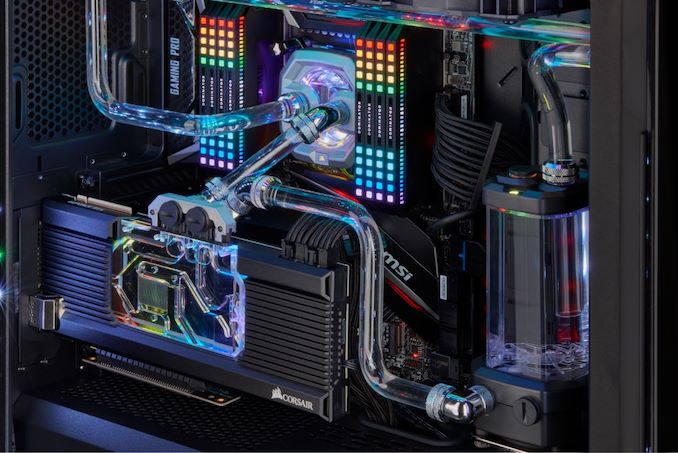
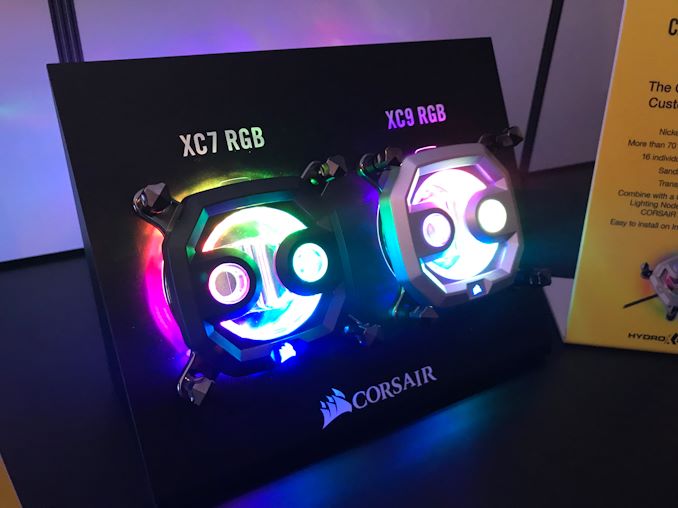
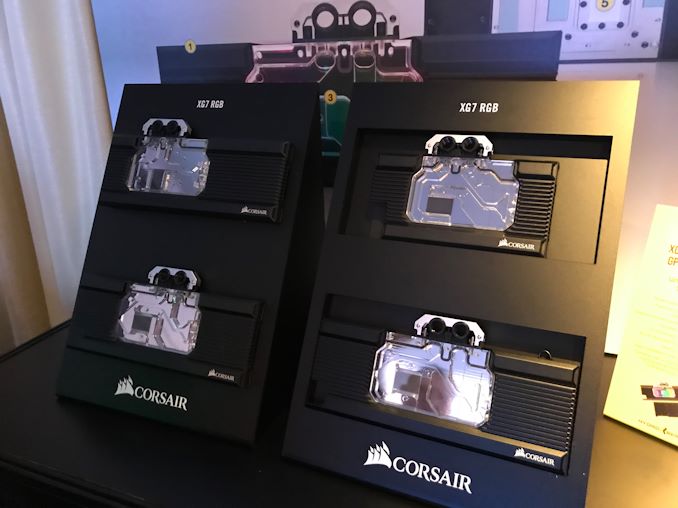


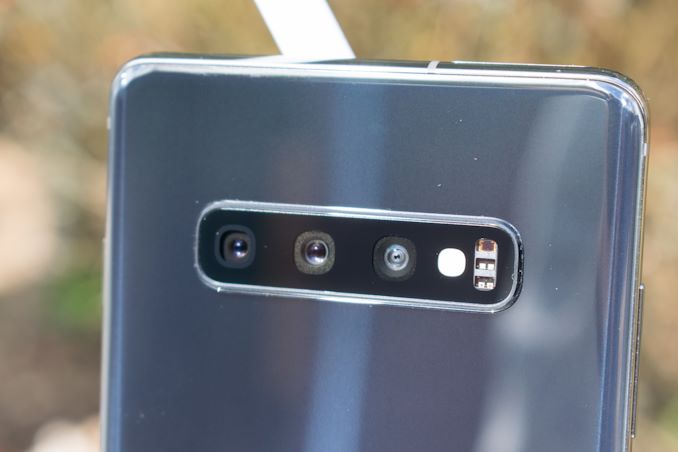
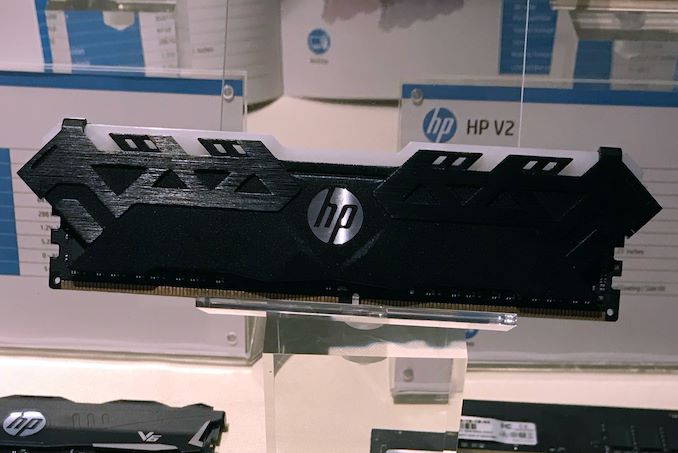
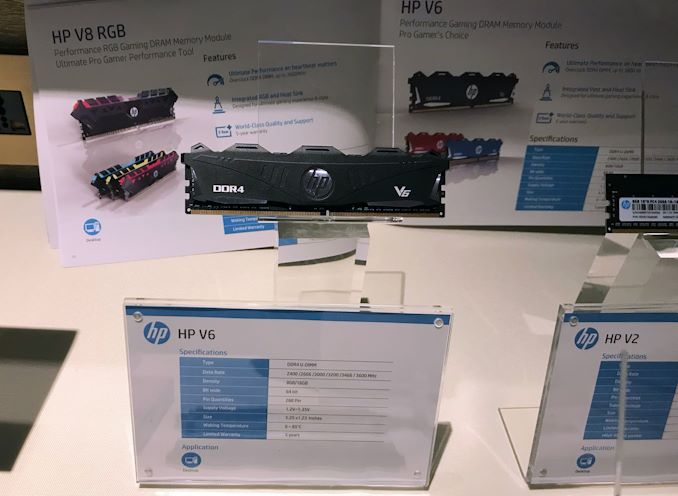



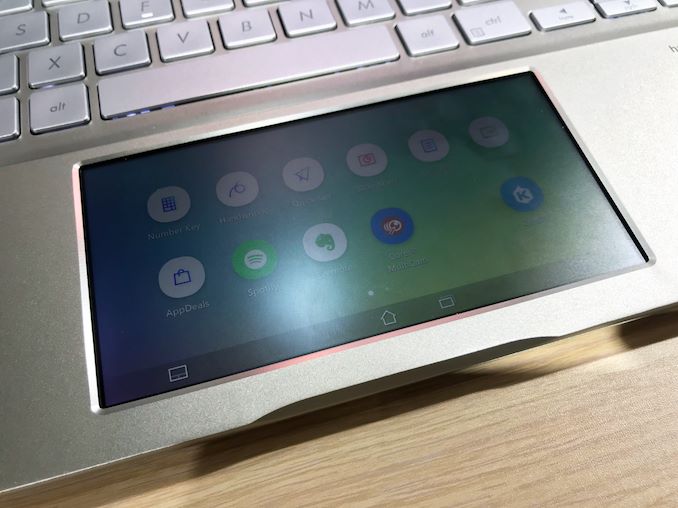

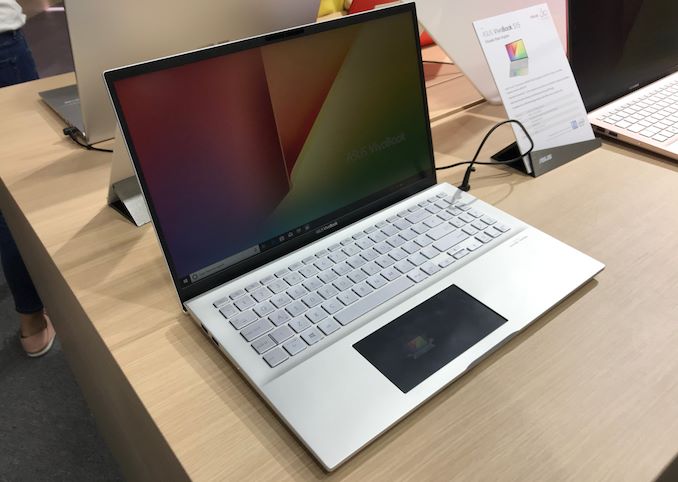
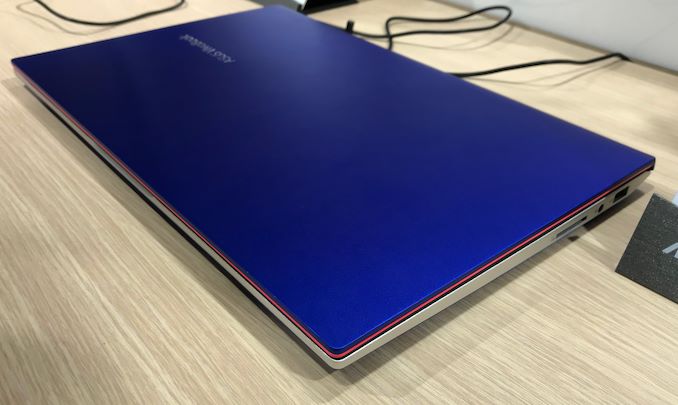
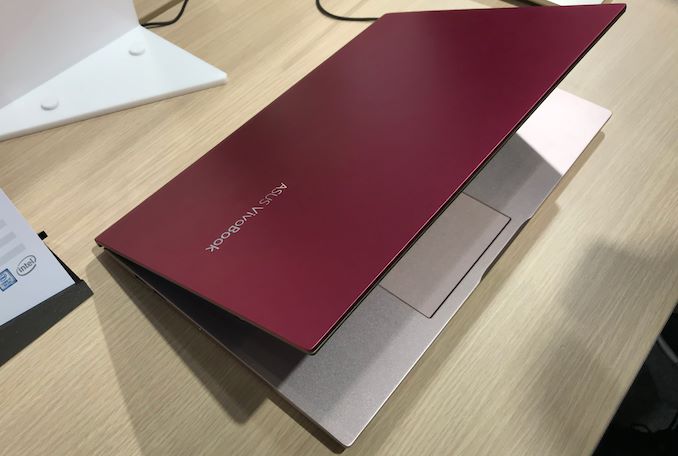
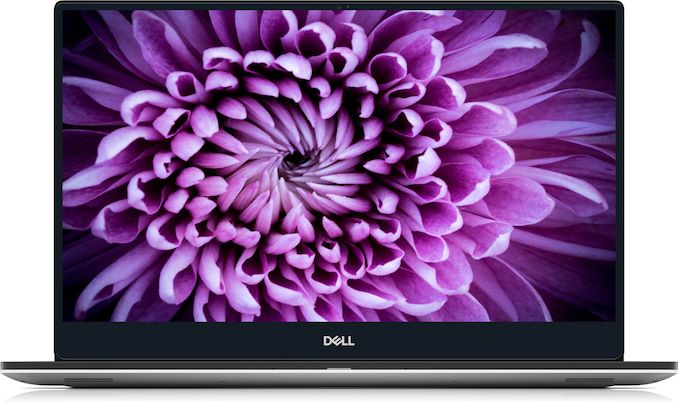
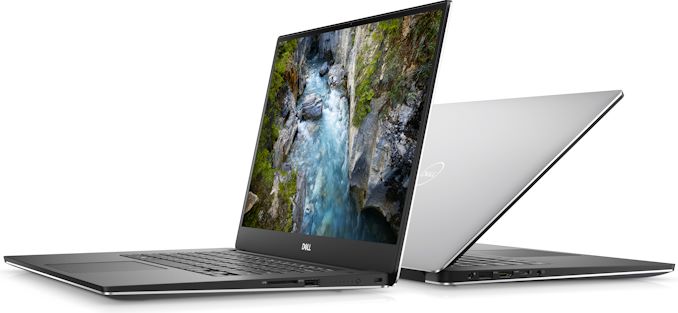

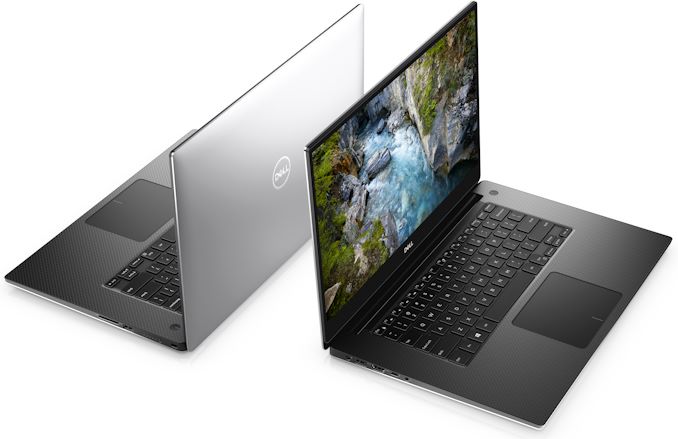
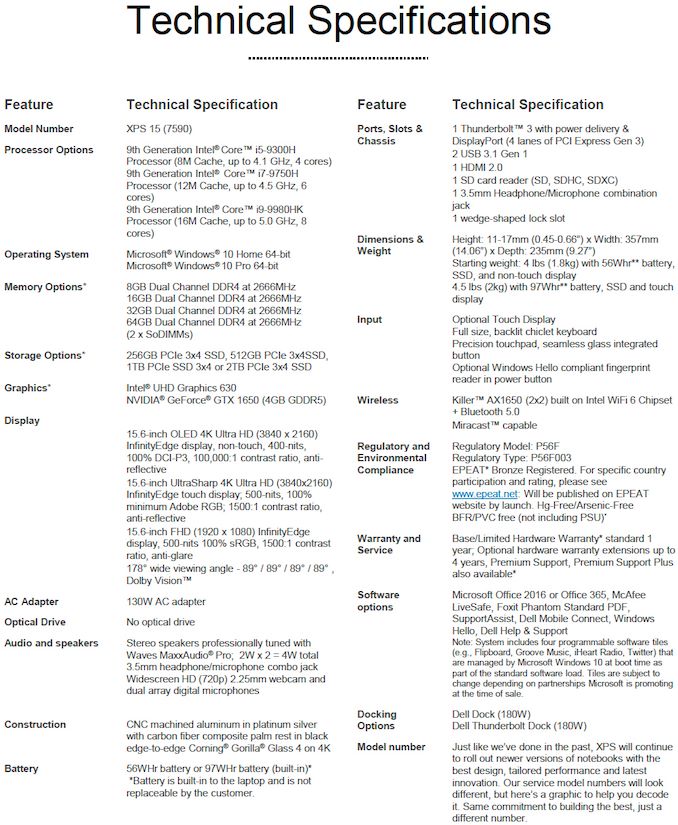

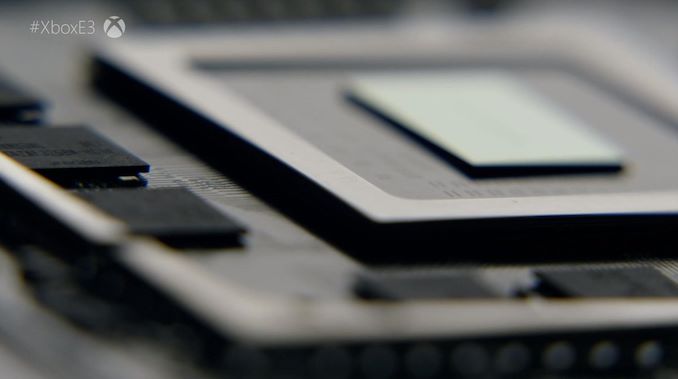

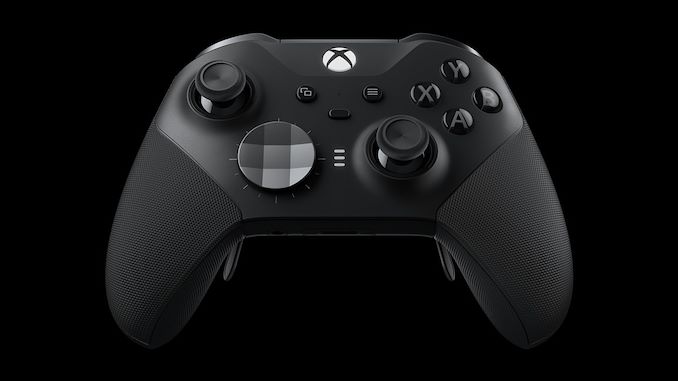
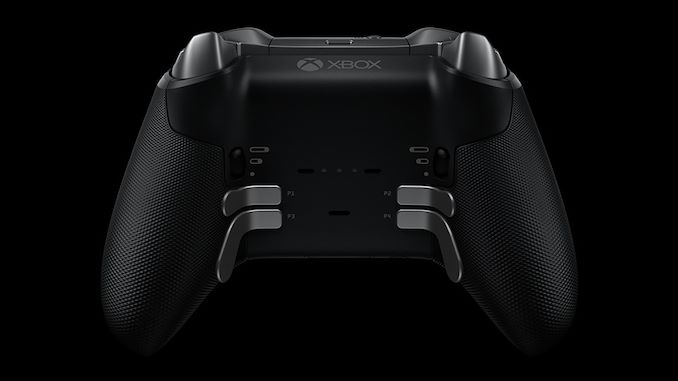
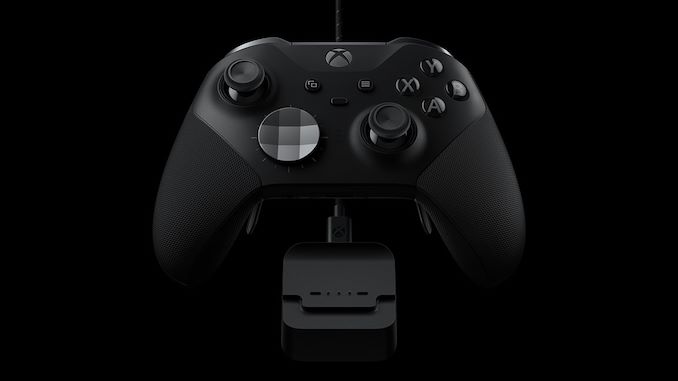
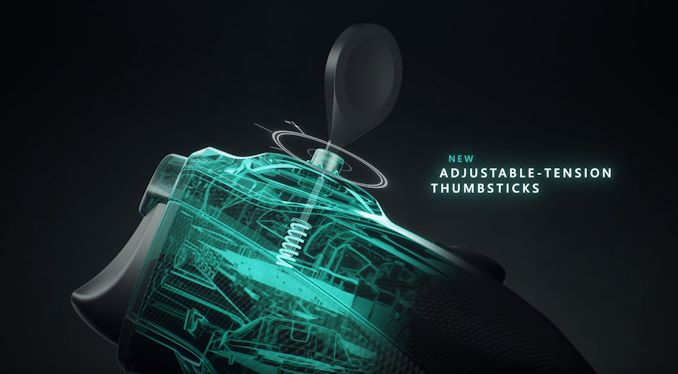

















Bookmarks